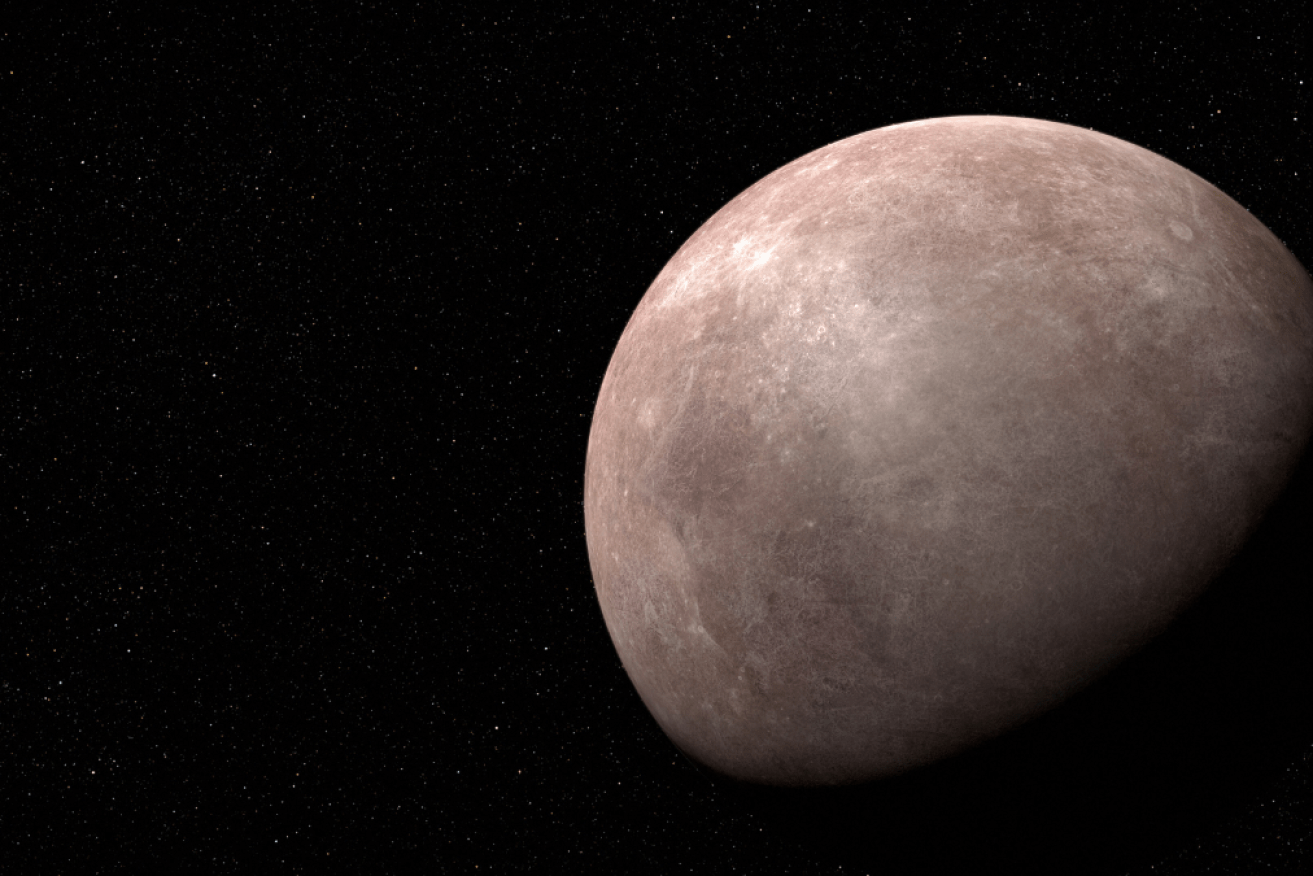NASA’s orbital Webb telescope peers deep into space and finds a whole new world


The exoplanet is a similar size to Earth. Photo: European Space Agency
NASA has confirmed the discovery of the first exoplanet to be spotted by the agency’s new James Webb Space Telescope.
The news was confirmed on Thursday and the planet, dubbed LHS 475 b, is nearly the exact same size as Earth.
An exoplanet is a planet orbiting a star that sits outside of our solar system.
NASA says over 5200 exoplanets have been found, with many more considered “candidates” requiring further observation to be confirmed as bona fide planets.
While finding exoplanets is not new, Mark Clampin, astrophysics division director at NASA headquarters, was optimistic that this discovery by the Webb telescope will open many doors.
“These first observational results from an Earth-size, rocky planet open the door to many future possibilities for studying rocky planet atmospheres with Webb,” he said.
“Webb is bringing us closer and closer to a new understanding of Earth-like worlds outside our solar system, and the mission is only just getting started.”
Tweet from @NASAWebb
The research team that found LHS 475 b was led by Kevin Stevenson and Jacob Lustig-Yaeger, both of the John Hopkins University Applied Physics Laboratory in Laurel, Maryland.
NASA said the research team reviewed targets of interest from the agency’s Transiting Exoplanet Survey Satellite (TESS), which “hinted” there was something there.
The exoplanet’s image was clearly and easily captured, using Webb’s near-infrared spectrograph after only two transit observations, NASA said.
“There is no question that the planet is there. Webb’s pristine data validate it,” Lustig-Yaeger said.
Stevenson said it was impressive for the observatory that the LHS 475 b is “small and rocky”.
What about LHS 475 b?
The Webb telescope is the only one that is able to characterise the atmosphere of Earth-sized exoplanets. It is not yet known if LHS 475 b has an atmosphere.
However, the team can rule out certain things about the planet.
“There are some terrestrial-type atmospheres that we can rule out,” Lustig-Yaeger said.
“It can’t have a thick methane-dominated atmosphere, similar to that of Saturn’s moon Titan.”

The exoplanet is just 41 light-years away from Earth. Photo: NASA
The planet may have no atmosphere at all, but there are possible compositions the team is pondering, like a pure carbon dioxide atmosphere, as that would be difficult to detect.
The Webb telescope did reveal a fair bit of information about LHS 475 b.
The exoplanet is a “few hundred degrees warmer” than Earth.
If clouds are detected on the planet, researchers may conclude LHS 475 b is more akin to Venus, which has a carbon dioxide atmosphere, NASA said.
It also orbits a star and completes its orbit in just two days.
“Although LHS 475 b is closer to its star than any planet in our solar system, its red dwarf star is less than half the temperature of the Sun, so the researchers project it still could have an atmosphere,” NASA said.
LHS 475 b is just 41 light years away from Earth, and is in the constellation Octans.








